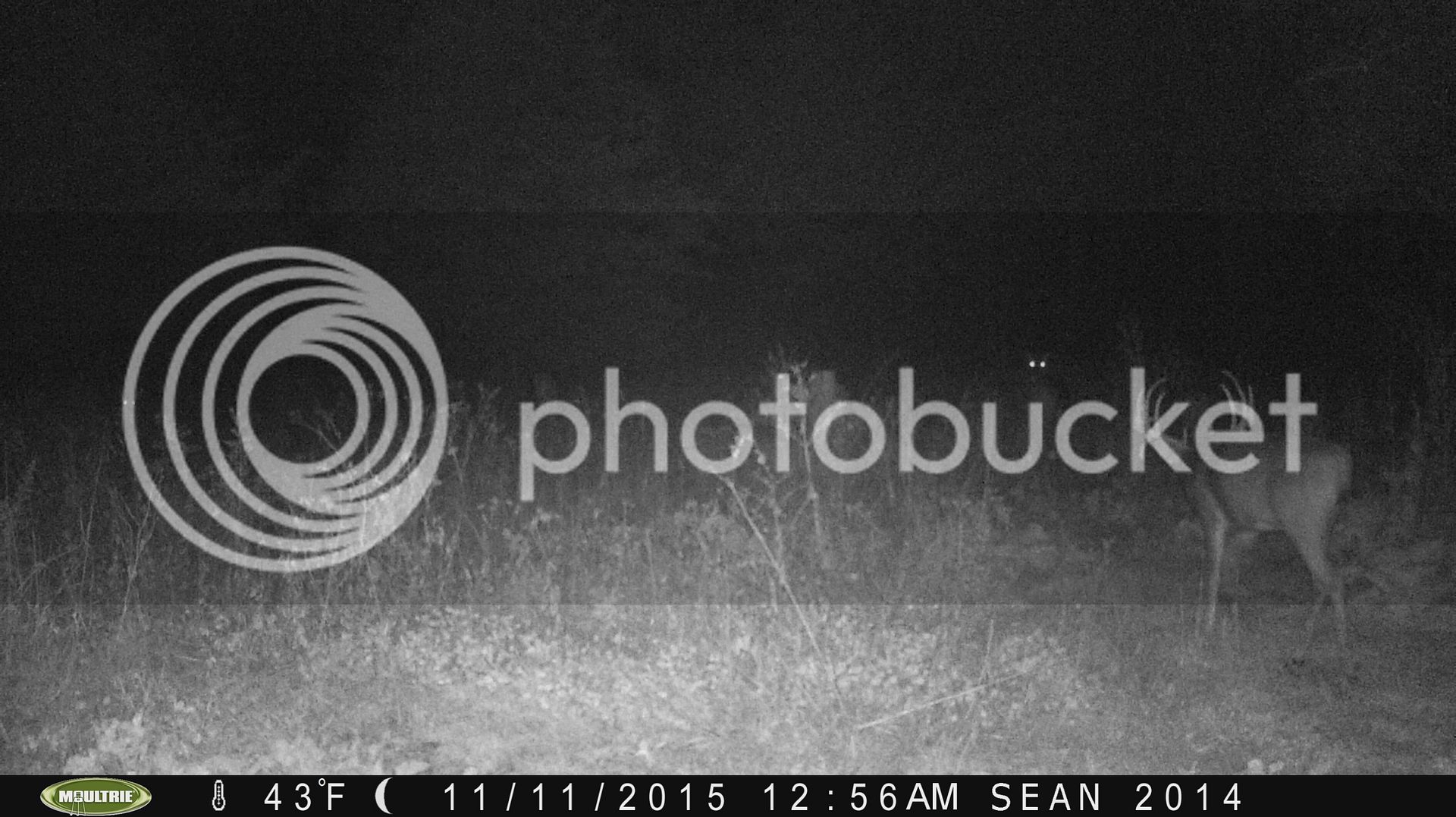Catscratch
5 year old buck +
Current pics taken yesterday. I went against my normal and spread some fert by hand a couple of weeks ago. The millet was yellowing a little and the fert turned it around within a couple of days.
Sunflowers in full bloom:

Both types of millet producing heads:

Buckwheat making lots of great deer/quail food:

Sunflowers in full bloom:

Both types of millet producing heads:

Buckwheat making lots of great deer/quail food:










